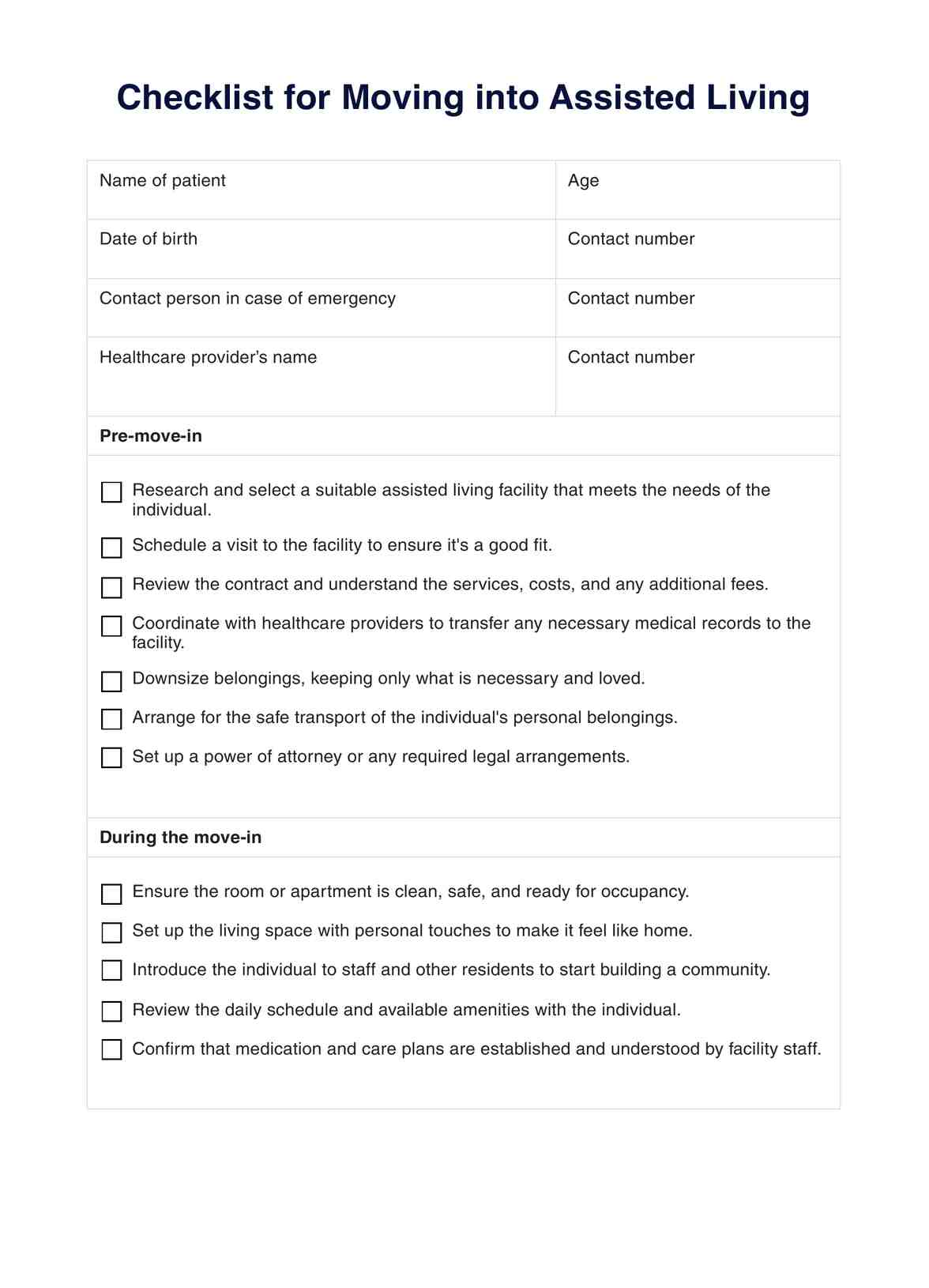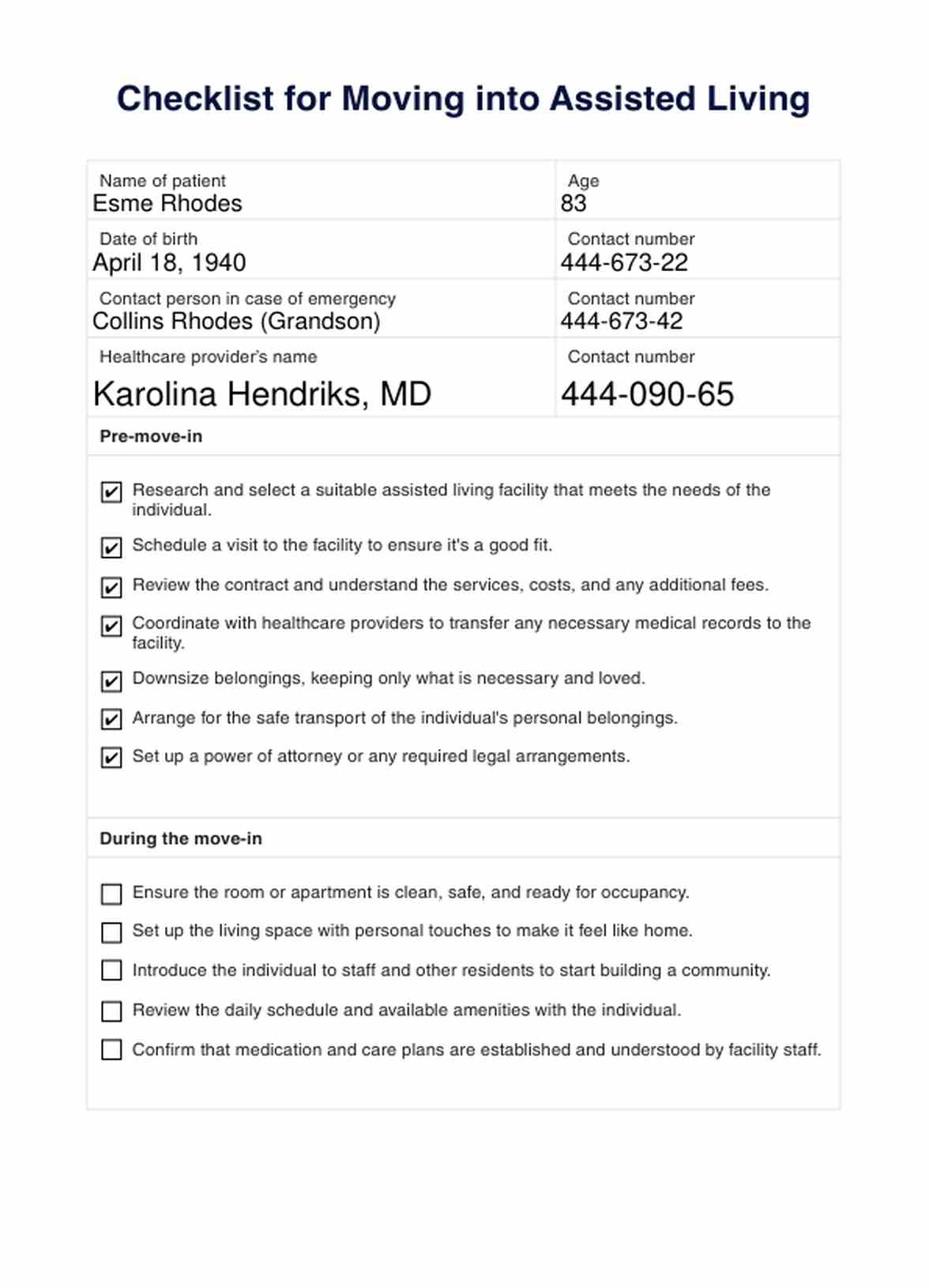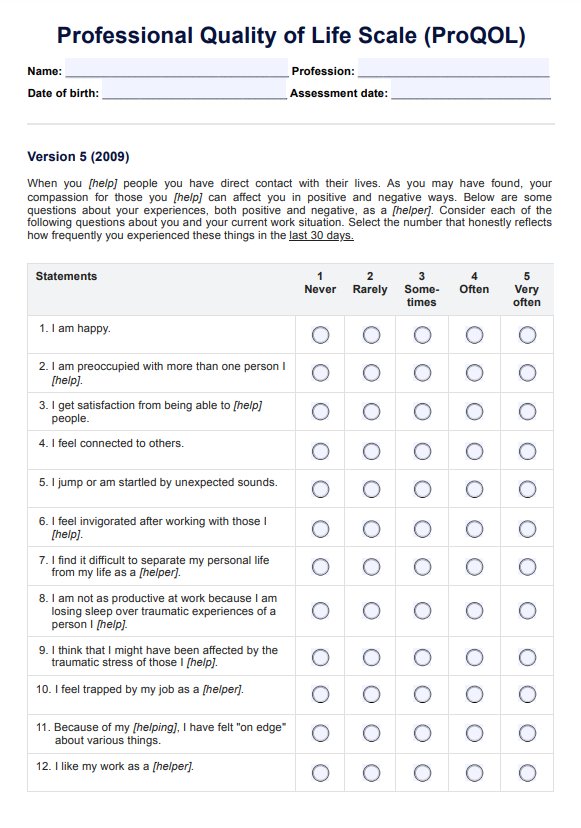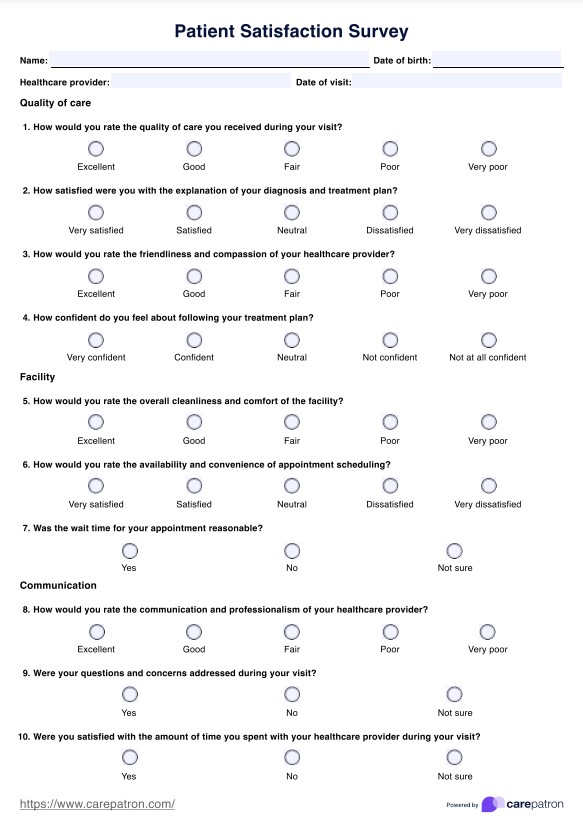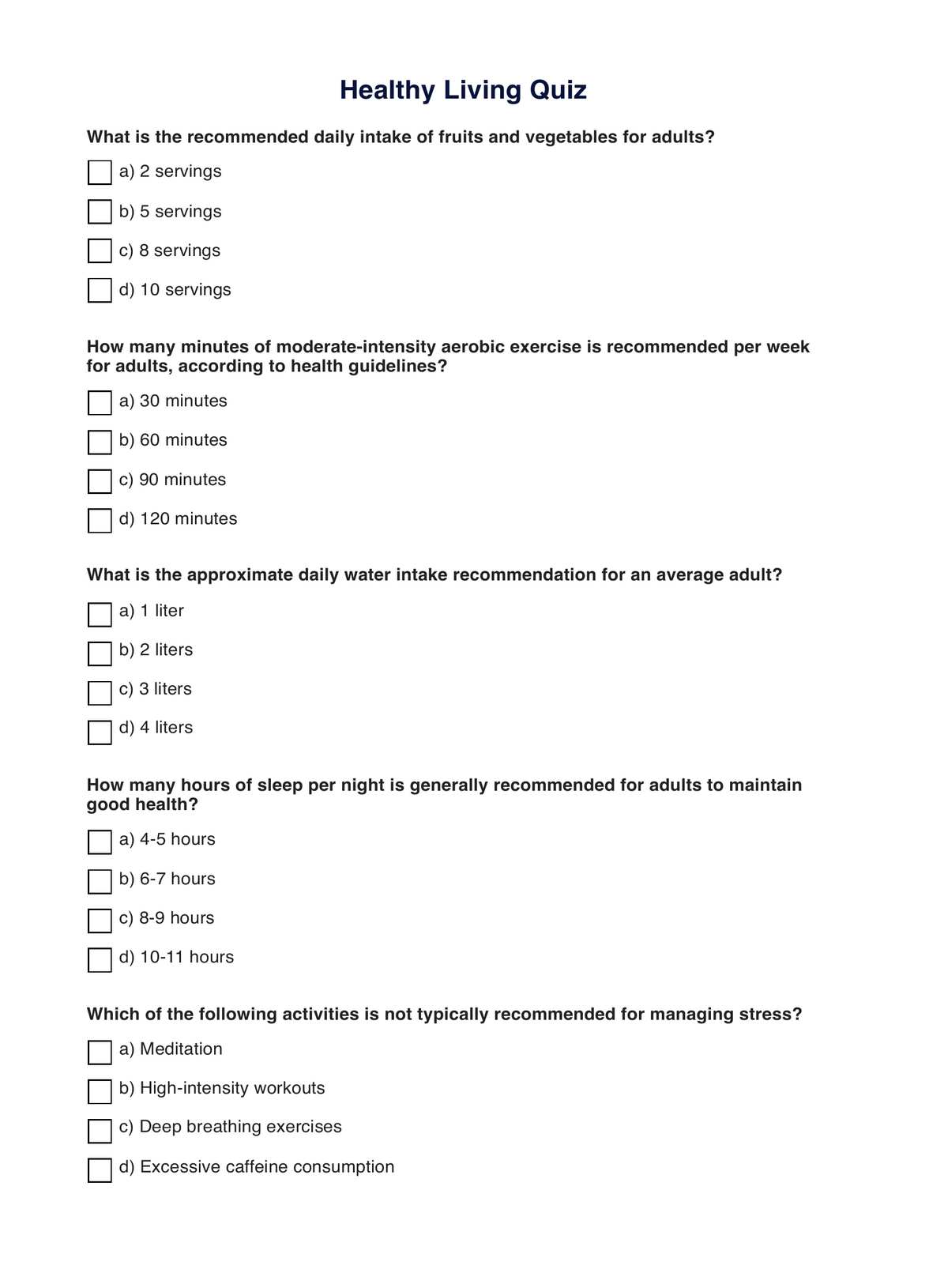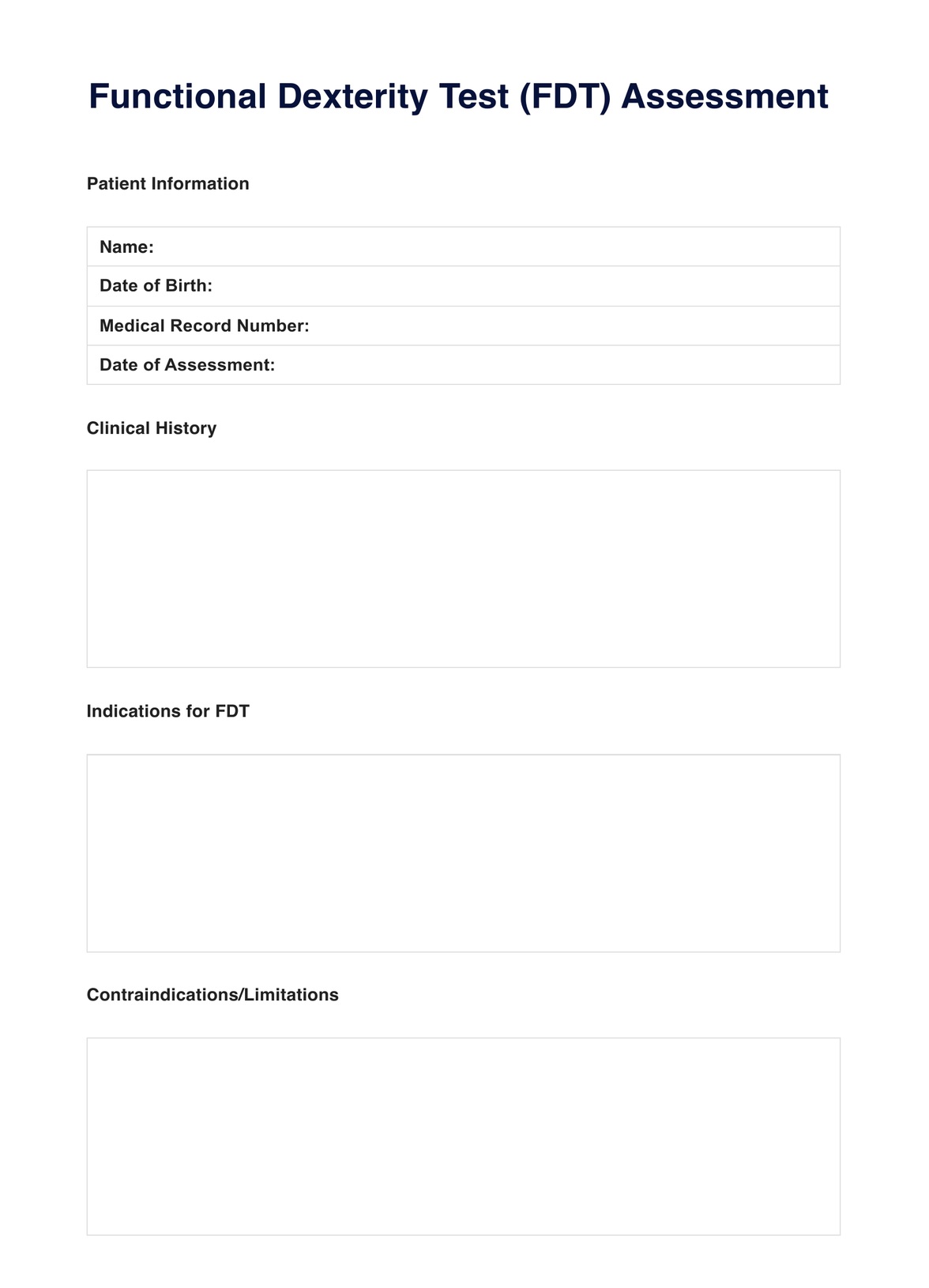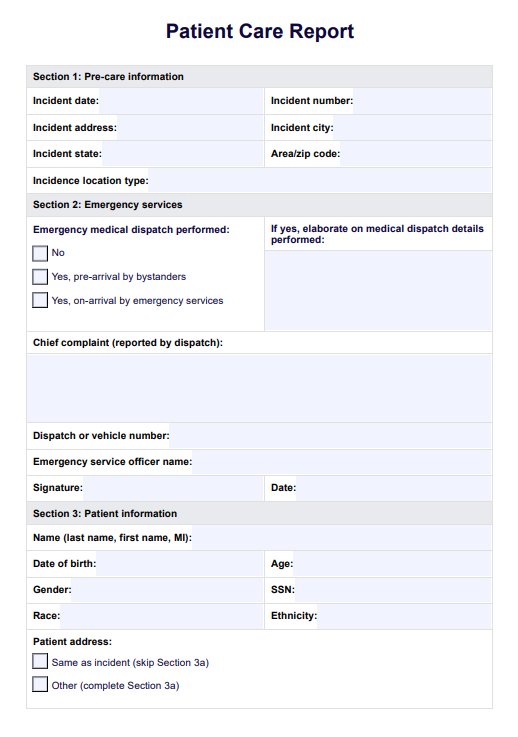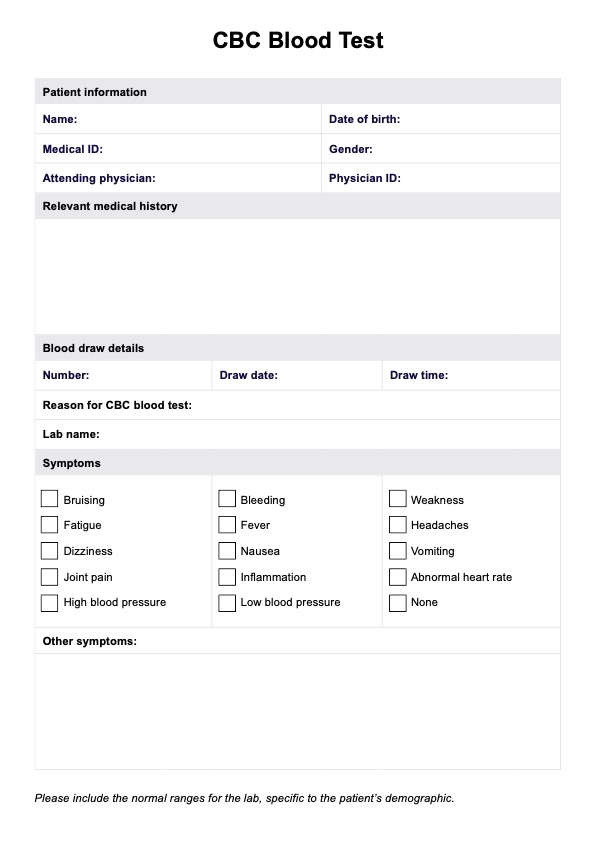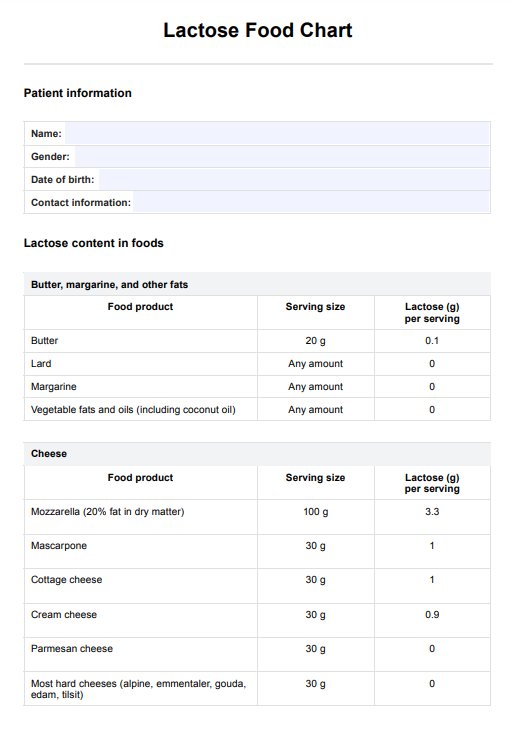Checklist for Moving into Assisted Living
Download a free Checklist for Moving into Assisted Living for your patients. Make it easy for them to transition into assisted living with our comprehensive checklist.


An overview of assisted living
Assisted living is a type of housing that provides support and assistance to individuals who need help with daily activities. These activities range from bathing and dressing to medication management and meal preparation.
Assisted living facilities offer different levels of care based on an individual's needs, allowing them to maintain independence while receiving the necessary assistance. Moreover, these facilities provide seniors with a safe and social environment, allowing them to continue living an active and fulfilling life.
Moving into an assisted living facility can be overwhelming for both the individual and their loved one. It involves a significant lifestyle change and numerous things to consider before moving, like bringing personal items, paperwork, and medical records to the new facility. To ensure a smooth transition, it is essential to have a checklist in place.
Checklist for Moving into Assisted Living Template
Checklist for Moving into Assisted Living Example
Preparing for the move to assisted living
A checklist can help individuals and their loved ones organize and prioritize tasks before moving into an assisted living facility. Here are some essential things to consider:
Ensure all necessary legal and financial paperwork documents are organized and accessible. This includes a living will, power of attorney, and insurance policies.
Have a list of current healthcare providers, medical records, and prescriptions. Most assisted living communities have on-site medical staff, but it's still important to have this information available.
- It is crucial to establish a medical emergency plan for senior living, including contact information for nearby hospitals, details of their primary care physician, the preferred method of transport in an emergency, and any medical alert systems or devices.
- Provide mental health support for the patient and their loved ones. Moving can be emotionally taxing, so it's essential to have a support system in place.
- Select furnishings that will fit comfortably in the new space. This may include a dresser, a small sofa, a recliner, and a few decorative items. Avoid oversized furniture furnishings to ensure there is ample room to move around.
- While most meals may be provided, it's still nice to have kitchen supplies in the apartment, like a coffee maker, mugs, and small utensils for snacks or meals.
- Pack clothes suitable for the season and the community's activities, as well as towels, linens, hangers, and laundry services if not provided.
- Include a few items for leisure activity, such as a television, radio, books, and hobby materials.
- Arrange for a moving company to transport belongings to the new assisted living apartment during the move-in date.
- Keep a small kit for medical emergencies or to clean up small, unexpected messes.
Remember to coordinate with family members and consult resources like the Aging Life Care Association for additional support and guidance during the transition to an assisted living community.
How to use this Checklist for Moving into Assisted Living PDF
To help your patients and their loved ones prepare to move to assisted living, we have created a downloadable assisted living checklist that can be used as a helpful guide. Follow these steps to use it:
Step 1: Download the checklist
Access the free Checklist for Moving into Assisted Living PDF using the link on this page. It's also available from the Carepatron app or our resources library.
Step 2: Print or use digitally
Provide your patient and their loved ones with a printed copy of the checklist or share it digitally via email or messaging. This will allow them to refer back to it easily throughout the moving process.
Step 3: Review and discuss
Encourage your patient and their loved ones to review the checklist together and discuss any concerns or questions they may have. This will help them feel more prepared for the move.
Step 4: Complete the tasks
Work through each item on the checklist, completing tasks as needed. This will help ensure that all necessary preparations are made before moving day.
Step 5: Provide additional support
Remind your patient and their loved ones to seek any additional support or guidance they may need during this transition, whether from you as their healthcare provider or other resources.
When would you use a Checklist for Moving into Assisted Living PDF?
There are several scenarios where a Checklist for Moving into Assisted Living PDF could be beneficial:
When a patient is considering moving into assisted living
You can provide the checklist to your patient and their loved ones as a resource to help them make informed decisions about the move. It can also be a starting point for discussing their concerns and needs.
During the preparation process for moving
The checklist can be used as a guide to help your patient and their loved ones complete necessary tasks and prepare for the move.
As a reminder tool on a moving day
A physical copy of the checklist can serve as a helpful reminder during a busy and emotional day. It can also help ensure that all tasks have been completed and nothing has been forgotten.
As a resource for caregivers
Caregivers can use the checklist to help their loved ones with the moving process and ensure that all necessary tasks have been completed. It can also be a reference for any questions or concerns arising.
Commonly asked questions
Assisted living is a housing facility for seniors or individuals with disabilities who need assistance with daily activities, such as bathing, dressing, and medication management.
The services offered in an assisted living facility vary, but they typically include meals, housekeeping, transportation, social activities, personal care assistance, and medication management.
Unlike nursing homes, assisted living facilities do not provide 24-hour medical care. Instead, they offer a combination of housing and supportive services to help residents with their daily needs.


